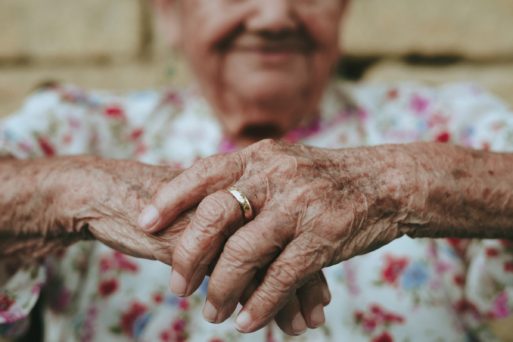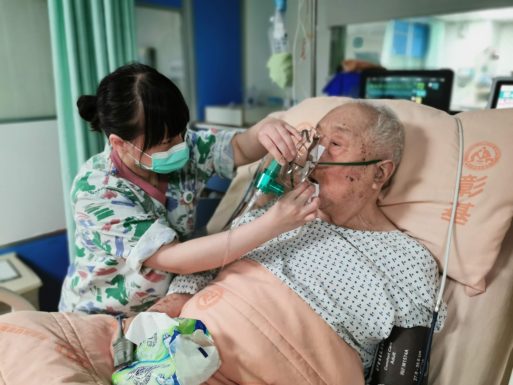
Most Americans believe there’s no place like home to die a peaceful death.
If you ask most Americans, dying at home tops their list of how they prefer to die. There is a societal perception that a “good death” is likened to the comforts of home. Obituaries generally strengthen that notion: “died peacefully at home, surrounded by family.” But experts warn that dying at home is not always the picture-perfect passing often portrayed to us.
Home deaths have increasingly become more commonplace for the first time in decades. Thirty-one percent of Americans died in a home setting in 2017, according to a recent study published in New England Journal of Medicine (NEJM). This is mainly due to increased access to hospice and palliative services. Insurance companies also contribute to that increase. Alternatives to dying at home are more costly and generally require extenuating circumstances to award coverage. As a result, inpatient care can be difficult to secure. A hospital’s desire to keep death rankings low and indirect financial incentives to discharge patients also increase the probability that patients will die at home.

“Caregiver burnout” can happen when caregivers try to do more than they are able.
Aside from these influences, Dr. Melissa W. Wachterman, lead author of the NEJM study, says families may feel obligated to provide end-of-life care for a loved one at home. Wachterman commented in an NEJM interview, “There’s a lot of cultural pressure: ‘If you really loved this person, you’d keep them at home.’ We need to acknowledge that there are people whose needs are so great that families cannot manage death at home.”
The realities of providing end-of-life care in the home for a loved one can become overwhelming for many people. Although hospice offers an array of support, care-giving burdens like bathing and toileting fall upon family most of the time. Administering medications can also be challenging, especially when pain, anxiety, delirium, shortness of breath or terminal agitation become a problem for some patients. And increased needs as patients decline, including moving, repositioning and incontinence, can cause enormous physical demand for some caregivers. This is particularly true for an elderly spouse, who may be the primary caregiver for their ailing husband or wife.

Inpatient hospice staff in hospitals, long-term care facilities, or stand-alone centers can readily address the changing needs of dying patients.
Researchers, like Wachterman, believe that policy changes are warranted to ensure quality end-of-life care for Americans. Reducing insurance barriers for access to in-patient settings could lessen the burden for families. Increased expansion of hospital wings dedicated to hospice care could provide another outlet. Additional measures are also needed for those who still choose to care for a loved one dying at home. Securing financial support for family caregivers, who often cannot work while caring for their loved one, would bolster direct patient care. Increasing insurance coverage for additional home health aide hours could also help to lessen the financial and physical burdens for families.
Any measures to increase access or improve end-of-life care would greatly benefit patients. Families could shift their focus to spend quality time with their loved one versus caregiving or assessing financial means to compensate where insurance coverage falls short. Whether dying at home or elsewhere, quality time should be the one and only priority for families.

 Dying at Home May Not Be As Peaceful As Promised
Dying at Home May Not Be As Peaceful As Promised


 “Songbird” by Fleetwood Mac
“Songbird” by Fleetwood Mac

 How to Comfort A Dying Loved One
How to Comfort A Dying Loved One














